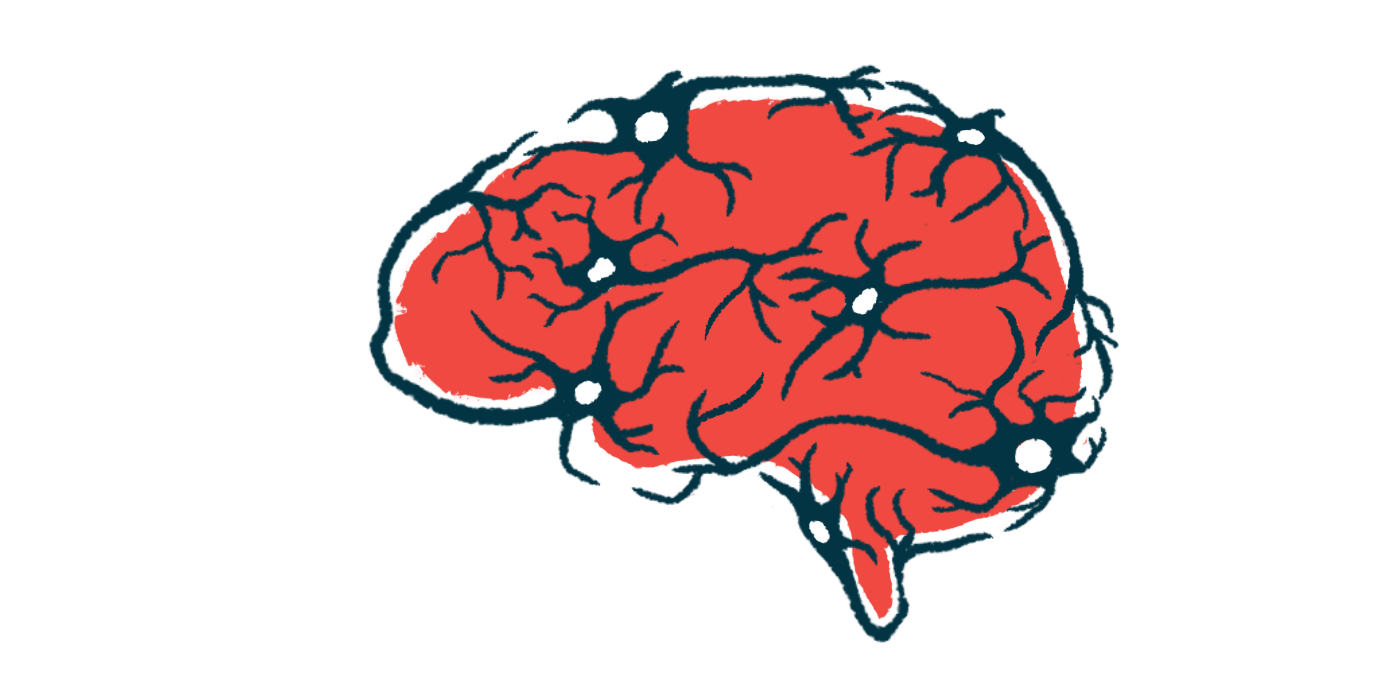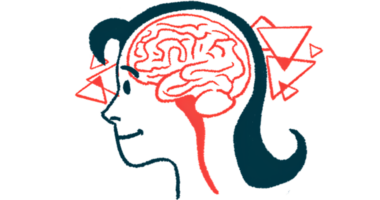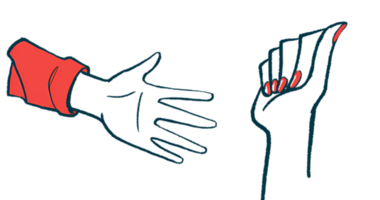Brain pathways add layer to movement regulation: Mouse study
Newly discovered paths connect to dopamine-producing neurons

Two newly identified brain pathways originating from the striosome — a cluster of nerve cells (neurons) in the striatum, a brain region that controls movement and motivation — may provide an additional layer of regulation, a mouse study found. The findings challenge scientists’ understanding of how the brain controls those systems.
The two striosomal pathways project to the brain region that is damaged in Parkinson’s disease, where they connect to dopamine-producing neurons. Dopamine is a chemical messenger needed for learning and motor control. In Parkinson’s, loss of dopamine leads to a range of motor and nonmotor symptoms.
“Among all the regions of the striatum, the striosomes alone turned out to be able to project to the dopamine-containing neurons, which we think has something to do with motivation, mood, and controlling movement,” Ann Graybiel, PhD, a professor at the Massachusetts Institute of Technology’s McGovern Institute for Brain Research, said in an MIT news story.
Graybiel, who led the study, called the striosomal pathways “a mimic of the classical go/no-go pathways” used by the basal ganglia, a group of brain structures including the striatum, to keep motor function in check. The direct pathway (D1) facilitates movement, and the indirect pathway (D2) inhibits it. However, the striosomal pathways, which Graybiel’s team termed S-D1 and S-D2, “don’t go to the motor output neurons of the basal ganglia,” Graybiel said. “Instead, they go to the dopamine cells, which are so important to movement and motivation.”
The study, “Striosomes control dopamine via dual pathways paralleling canonical basal ganglia circuits,” was published in Current Biology.
Not just go/no go
The striatum, a critical part of the brain involved in movement and decision-making, houses two distinct compartments: striosomes and the matrix. The matrix neurons have long been recognized for their role in the classic go/no-go pathways, receiving sensory information and relaying appropriate motor commands. However, the function of striosomes, which are embedded within the matrix, has been unclear.
The researchers used brain imaging and optogenetics — a way of controlling neurons with light — to monitor brain activity and manipulate specific striosomal neurons in mice. They then observed the effects of activating or inhibiting these neurons on dopamine release and movement.
Optogenetics allowed the precise control of S-D1 and S-D2 neurons. When the researchers targeted these neurons separately, they found that S-D1 and S-D2 pathways affected movement in opposite ways: The S-D1 decreased movement, while S-D2 increased it — contrary to the effects of the classical go/no-go pathways.
It is possible that the S-D1 and S-D2 pathways provide a nuanced control over movement, suggesting a dual-layer regulation in the basal ganglia, the researchers said. In Parkinson’s, S-D2 neurons appear to be preferentially lost, they noted, suggesting the need for “more highly targeted therapies directed at the S-D2 [pathway].”
How this preferential loss relates to symptoms is not known, but “one possibility based on our findings is that this depletion contributes to deficits in incentive motives for actions (e.g., apathy and depression) or psychiatric symptoms (e.g., psychosis and delusions) observed years before clinical onset,” the researchers wrote.
To understand how the two pairs of pathways interact, “the next step is trying to isolate some of these modules, and by simultaneously working with cells that belong to the same module, whether they are in the matrix or striosomes, try to pinpoint how the striosomes modulate the underlying function of each of these modules,” said Iakovos Lazaridis, PhD, the study’s first author and a research scientist at the McGovern Institute.







